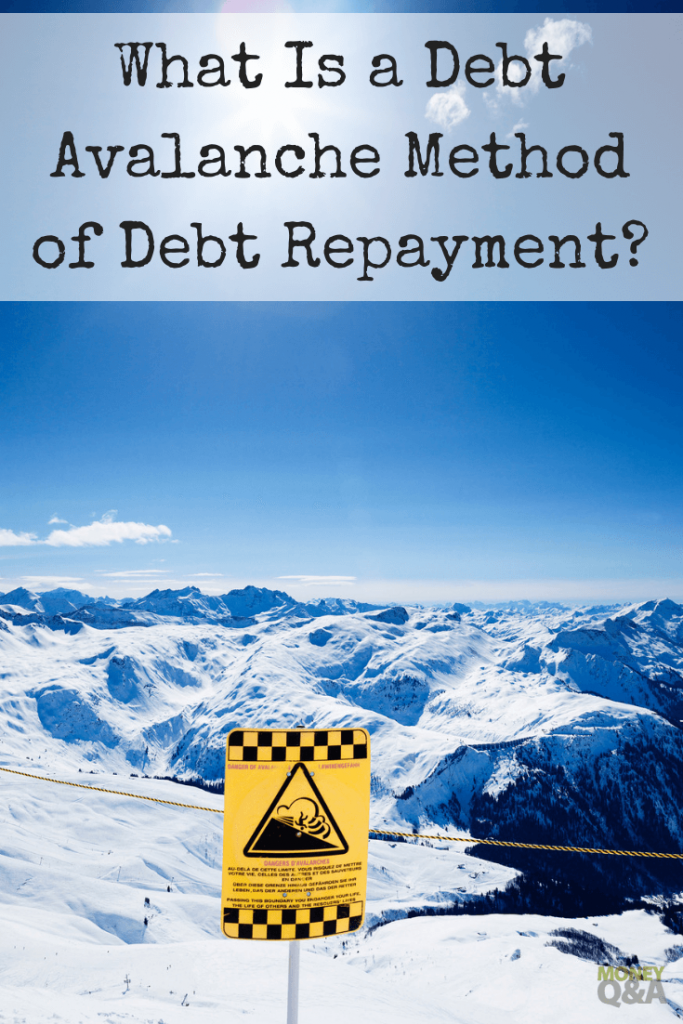
Staying out of debt is much more difficult than accumulating debt for many adults, especially when we have social media and innovative new forms of advertising pressuring us to spend, spend, spend on a near-daily basis.
Perhaps unsurprisingly, the current statistics on Americans and debt are pretty abysmal:
- 55% of Americans with credit card(s) have debt
- U.S. households added $26 billion in credit card debt during the last 3 months of 2018 alone
- Approximately 10% of Americans with credit cards have balances of $5,000 or higher
- The average APR on a credit card is 17.73%
If you’re part of any of these stats and want to get out of debt as quickly as possible without abandoning all comforts and little expenses that add genuine value to your life, there are reasonable strategies for getting out of the red that don’t require you to skimp on everything for the sake of saving.
Rather than relying on pure stinginess to escape the cycle of debt, you’d likely get better results with a streamlined approach that inspires commitment and organization. For instance, the “debt avalanche” method prioritizes consistently paying off debts with high interest rates, while the “debt snowball” method prioritizes paying off smaller debts first, regardless of interest rate.
The snowball method makes paying off debt seem more management but the debt avalanche method is arguably more effective to minimizing the amount of interest you pay over time. Want to learn more about the avalanche method to see if it’s a good fit for your current debt loads? Let’s unpack this method further:
Assessing Your Debt Situation
First things first: how much debt do you have altogether? What types of debt? What are the interest rates? How much income do you have available to throw at that debt each month? Can you afford to dip into your emergency savings to pay off high-interest debts? Are you inadvertently accumulating more debt each month without consciously tracking your spending habits?
It’s essential that you ask yourself these questions when you first set out to tackle your debts in earnest because all too often, people dismiss the seriousness of debt and prefer burying their heads in the sand instead of acknowledging the magnitude and causes of their debts. If you really want to get out of debt, then it’s time to confront your spending habits and assess your situation through an objective lens to maximize your chances of success when it comes to paying off that debt as soon as possible.

What Debts Should You Pay Off First?
As mentioned previously, the debt avalanche method says you should pay off debts with the higher interest rates first – while making minimum payments on your other debts in the meantime – and move on to the next highest-interest loan or credit card once the first one if fully paid off.
This approach works best for patient people who enjoy working with numbers and maximizing their efficiency in financial management. It may take longer to pay off your debts this way, but you’ll end up paying less money in interest by getting rid of your budget-busting debts ASAP.
Why is the Debt Avalanche Method Effective?

The effectiveness of the debt avalanche method comes down to basic math: if you have three debts of $500 (0% APR), $2,000 (15% APR) and $1,500 (22% APR) with a 3% minimum payment on each and an extra $250 to put towards debts each month, using the avalanche method will result in $285 total interest over the 12 months or so it takes you to pay off the debts. Those same debts would cost you $352 in interest if you used the snowball method.
The above example highlights the benefits of the debt avalanche method: would you prioritize paying off a $500 balance on a credit card with a 0% intro APR if you have another card with a $2,000 balance and a 15% APR? The math doesn’t line up for the debt snowball method (pay off smallest debts first) in this scenario, but a debt avalanche approach would take care of that higher-interest debt as the #1 priority.
Is the Debt Avalanche Method Right for Your Situation?
If you struggle with motivation when it comes to paying off debts, then little victories offered by the snowball method may be more useful than the wait-it-out approach offered by the avalanche method. Just as the names imply, the snowball method is all about small, yet tangible progress while the avalanche method is all about throwing large sums at your most insurmountable debts to take them down before you get buried in interest.
If reducing the amount of money you waste on interest payments is your biggest priority, then the debt avalanche method is likely the best option for your financial situation.

